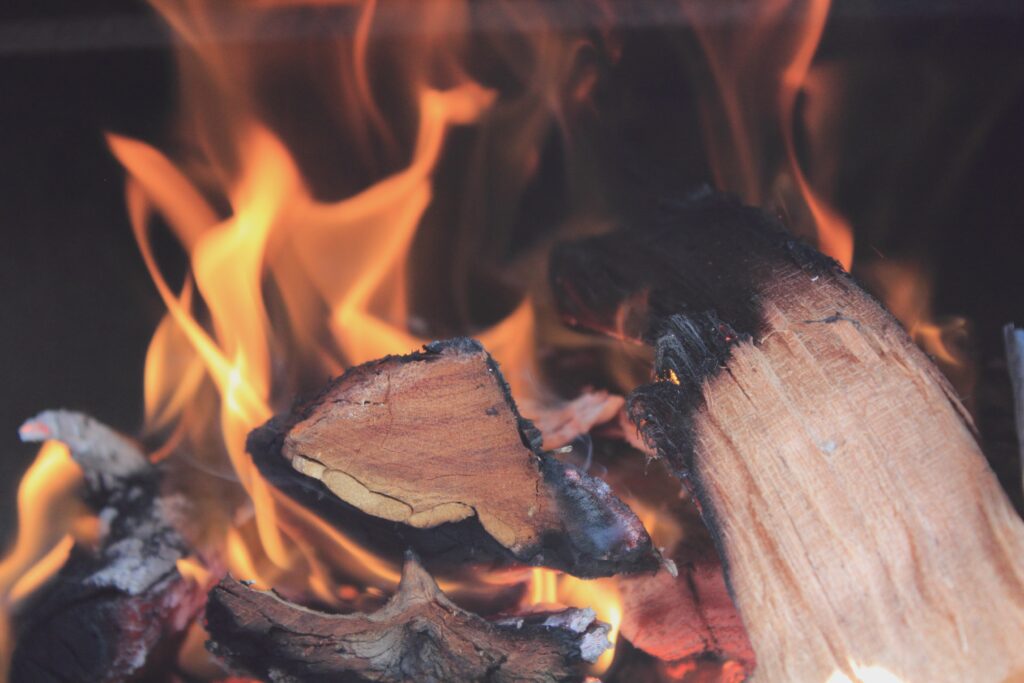For those who live in a wooded area, wood is an excellent fuel source. You can harvest wood on your property or buy it from a local supplier. Once it’s ready to burn, you can enjoy improved air quality and reduced carbon emissions. Browse this link https://www.cuttingedgefirewood.com/kiln-dried-firewood/hickory-firewood/ to learn more about the advantages of burning wood.
Natural gas
Burning firewood can reduce your household’s energy bills. Unlike electric baseboard heaters, you won’t have to purchase additional energy to keep your home warm. This will save you money, as you won’t need to pay for expensive electric baseboard heaters and furnaces to heat your home. Unlike electric baseboard heaters, you’ll need to buy firewood. Regardless of fuel source preference, burning firewood has many advantages.
The most apparent benefit of natural gas is its affordability. The price of firewood in many non-forested areas can be prohibitive. Additionally, natural gas is a more environmentally-friendly fuel than propane. It is also cheaper than firewood, so it’s an ideal choice for budget-conscious homeowners. Finally, natural gas benefits include fewer emissions than propane. So, if you’re concerned about the environment, consider switching to natural gas to save money.
Liquid propane gas logs
If you live in a cold climate and can’t find wood for burning, you should consider using liquid propane gas logs. This fuel burns much hotter than other gas forms, and it’s easier to find, store, and carry than natural gas. Liquid propane can also be used for fireplaces and heaters, but you’ll have to install a tank outside your house. If you’re planning to install a gas log set, check with local gas companies to ensure that they service your area.
Most gas logs are certified by the American National Standards Institute (ANSI) to meet specific safety and emissions requirements. These logs have strict qualifications, including a safety pilot, BTU input, and placement on a grate. You should check with your local building department to make sure yours is approved before purchasing it. In addition, always use a safety pilot, which is mandatory when using liquid propane.
Wood briquettes
Wood briquettes are manufactured from pure wood by-products from the industry. Hardwood flooring companies produce vast quantities of offcuts and sawdust. Hardwood flooring companies have begun investing in briquetting machines that compress and store this waste—wood fibers bond together under compression.
The development of charcoal briquettes can help preserve forests. Researchers at Wildlife Works have conducted studies in Kenya’s Kasigau Corridor, a dryland conservation area, to evaluate the effects of this sustainable fuel on tree regeneration. They studied the effect of charcoal briquette production on tree regeneration and biodiversity protection. Their research has helped communities develop similar charcoal briquette and conservation enterprises. In addition, biomass fuels have the potential to be used in the manufacture of paint, cardboard, and other products.
Wood pellets
There are several benefits to burning firewood with wood pellets, but what are these benefits? For one, wood is a renewable resource. But daily maintenance isn’t very convenient if you use a traditional wood-burning stove. Wood pellets provide a more convenient way to burn wood. And future biomass pellet sources are grass/broad-leaf plants, grain, and hay. A standardized energy density can help consumers compare the relative values of these pellets.
Another benefit is that wood pellets burn cleaner than firewood and are much easier to store than logs. Pellets also tend to burn more efficiently than firewood, saving you money. Another benefit is that burning firewood with pellets produces less smoke and creosote, leading to chimney fires.
Wood-burning stoves
Using a wood-burning stove can be an attractive alternative to gas or electric heat, especially if you’re looking for an environmentally friendly way to heat your home. Not only does wood burning produce minimal ash, but it also reduces the carbon footprint and heating bills. Moreover, firewood from plantations and cultivated woodland is renewable, which reduces your carbon footprint while supporting local economies.
Wood-burning stoves look great. Once installed, they become a central point of the room, adding character to your home. Choose styles, ranging from rustic to contemporary, to suit your home. A wood-burning stove is ideal for any room.


